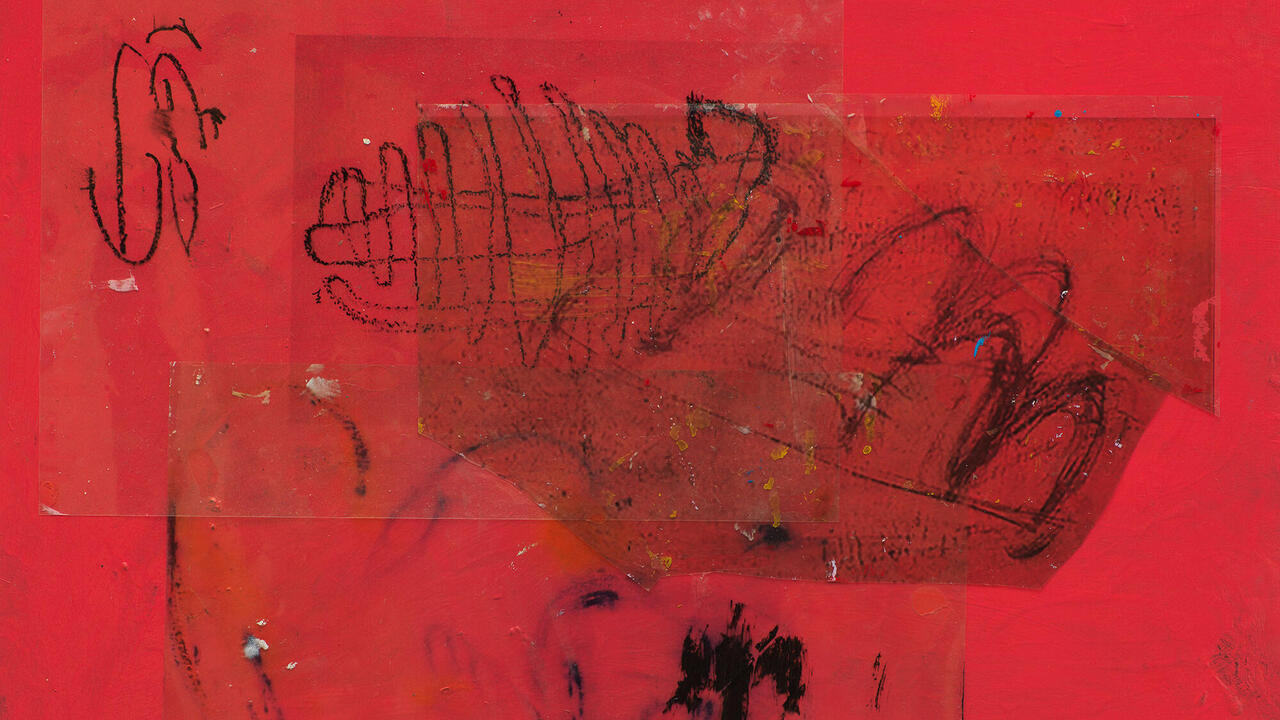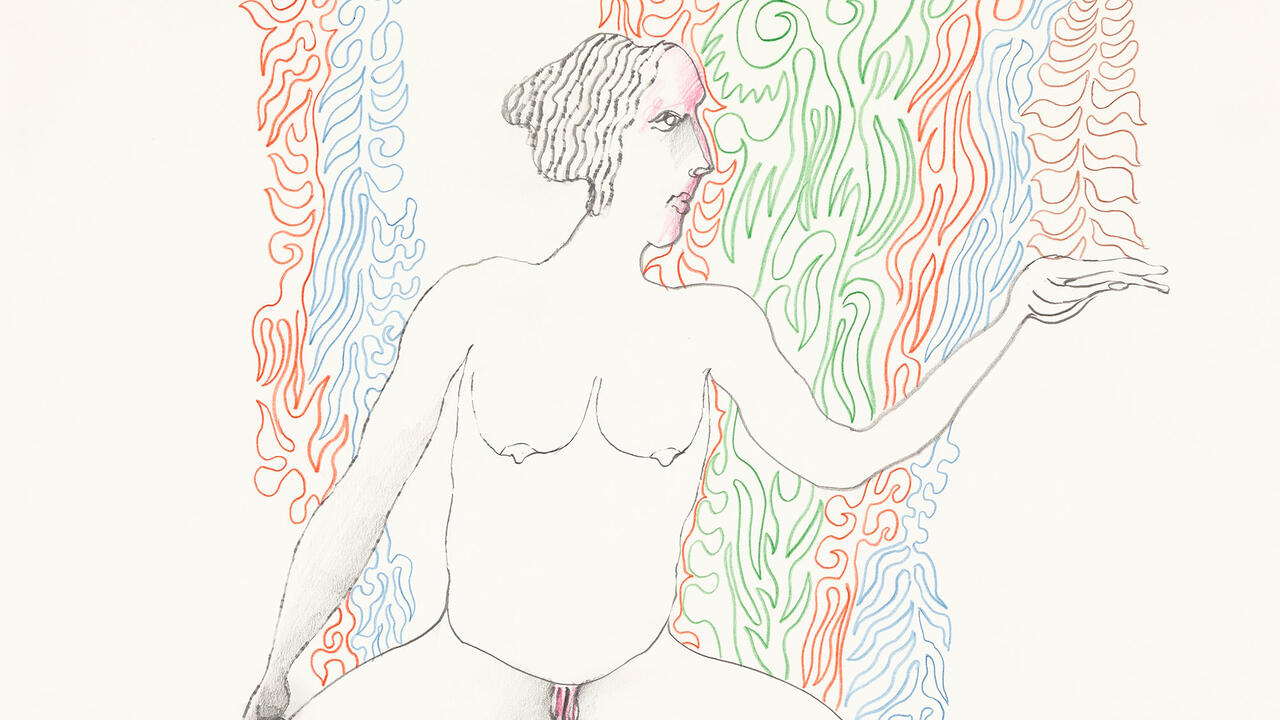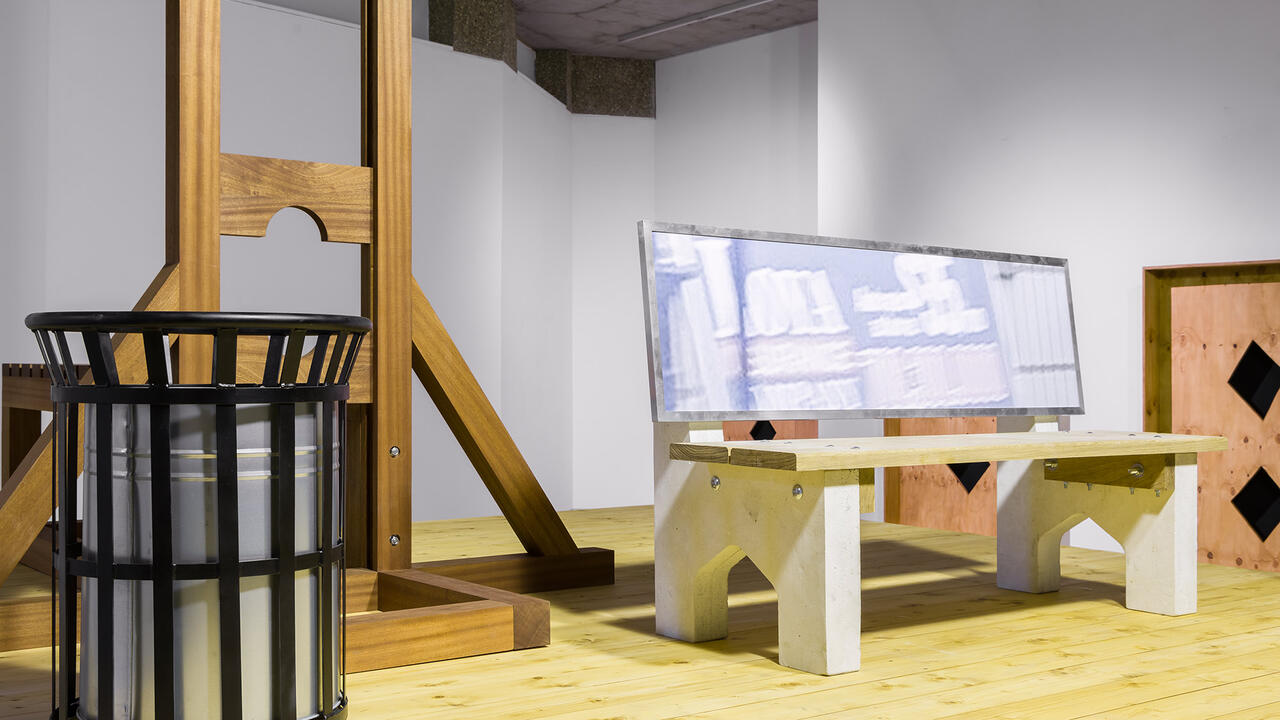Silvia Rosi Gives Voice to Her Parents’ Migration Story
At Collezione Maramotti in Reggio Emilia, the artist’s sumptuous portraits of Afro-Italian life probe questions of personal history, identity and nationality
At Collezione Maramotti in Reggio Emilia, the artist’s sumptuous portraits of Afro-Italian life probe questions of personal history, identity and nationality

It is possible to exist in several places at once, but not without a certain loss of integrity. This is the slippery notion that Silvia Rosi attempts to unpack in ‘Disintegrata’ at Collezione Maramotti, the artist’s first institutional solo show in Italy. Born in the nearby town of Scandiano to Togolese parents, Rosi is known for her use of self-portraiture to probe questions of personal history, identity and nationality. She continues to mine these themes in ‘Disintegrata’, which opens with a series of photographic works that considers migration through sweeping visions of the Italian landscape. Rosi, and at one point her mother, are pictured walking then resting in sumptuous kelly-green grasses (‘Disintegrata nel Paesaggio’, Disintegrated in the Landscape, 2024). Seamlessly installed alongside these photographs, so that the unfocused eye might mistake them for still images, are video works that quietly trace the path of the wind through the grass or the artist’s own movements as she glides across the screen.

Rosi has often taken inspiration from West African studio portrait photography, employing clashing patterns, characterful poses, composition and props to create a sort of post-facto family album. In the second space, she continues her project of visualizing family anecdotes in a series of characteristically beautiful images: her parents’ weddings, in Italy and Togo; her mother waiting for her father at the airport or sitting under a hairdryer at the salon. In Disintegrata di Profilo (Disintegrated Profile, 2024), Rosi is pictured against a blood-red background in kitten heels atop a black and white chequered floor in a long navy suit jacket and wide-leg sandstone trousers, a photo album covering her face. As in all these images, the contrasting pattern is titillating, the sartorial choices sublime.

In photographs such as Disintegrata in Bici (Disintegrated on a Bike, 2024), an image of Rosi is split skilfully into a diptych and the colours inverted. The artist noted in a talk at the exhibition opening that she uses this controlled process of fragmentation to give a sense of the scatteredness her mother once described feeling in relation to leaving Togo. To my mind, however, these works have little sense of entropy: congruent with the history of West African studio portrait photography, which looked to project status onto its sitters by denoting their character and fashion, these images carry a sense of steely composure.

While the most publicized narrative of Africans in Italy is a painful tale of forced migration, Rosi clearly chooses to tell another story. This tacit political project is made explicit in the third room of the exhibition, in which – aided by collaborators Mistura Allison, Theophilus Imani and Ifeoma Nneka Emelurumonye – Rosi collated family photographs taken by Black Italians during the 1980s and ’90s. Filled with images of love, lust and panache, this fledgling archive offers a joyful and charismatic migration story in which difficulty or strife play no part.

In the final room, a video shows Rosi sitting with her back turned as she listens to a cassette tape (Disintegrata nel Paesaggio, 2024). In accented French, a voice reads letters from unidentified senders in Togo to family members in Italy. Well wishes and bereavements, logistical issues and promises – these missives speak more powerfully to the ‘disintegration’ of the exhibition’s title than any other work in the show. The composition is a triptych: to the left is a cassette player; in the middle is the transcript; to the right is Rosi. Suggesting the heartache of physical distance, the work cracks the serene sheen seen elsewhere. You feel a life, once solid and simple, start to crumble.
Silvia Rosi’s ‘Disintegrata’ is on view at Collezione Maramotti, Reggio Emilia, until 28 July
Main image: Silvia Rosi, Immagini dall’album della famiglia Owusu (Owusu Family Album Images), c.1990, fine art print. Courtesy: © Silvia Rosi
























